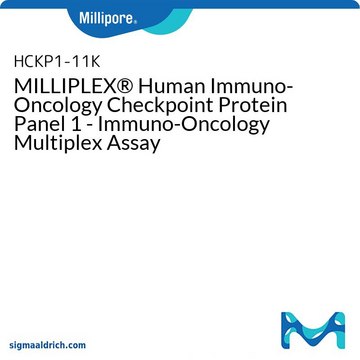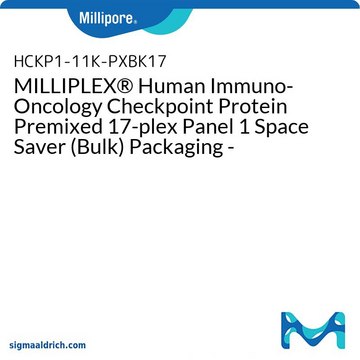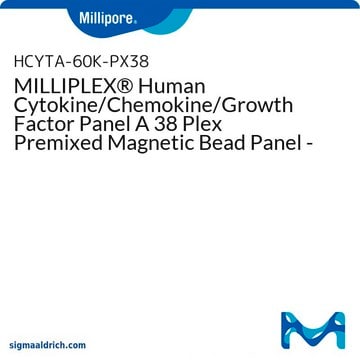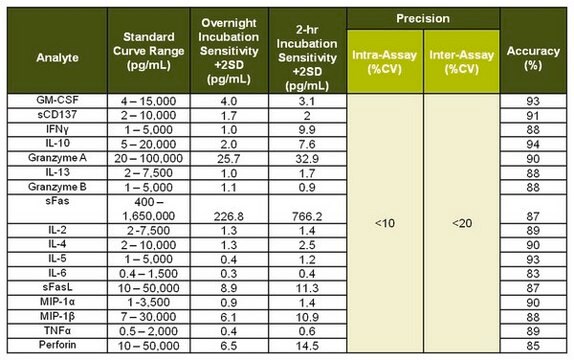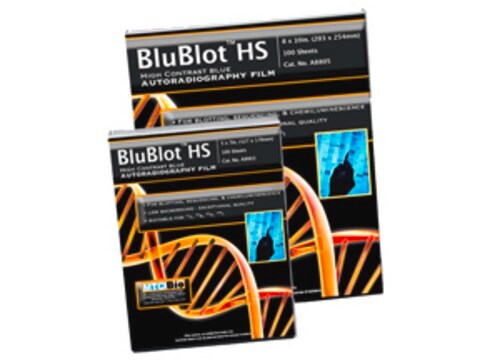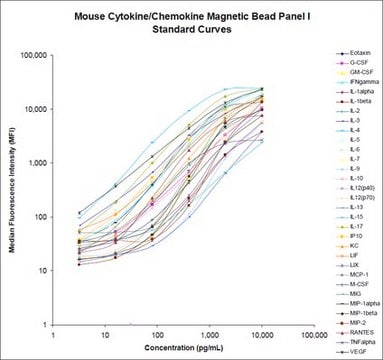Opis ogólny
Immune checkpoint proteins are regulators of immune activation and play a key role in maintaining immune homeostasis, preventing autoimmunity, and are involved in cancer immune escape. These immune system molecules demonstrate the ability to act both as agonists (co-stimulatory checkpoint molecules) or antagonists (co-inhibitory checkpoint molecules) of immune response. Immune checkpoint inhibitor drugs targeting inhibitory immune checkpoint proteins, such as CTLA-4 and PD-L1, have demonstrated efficacy in cancer immunotherapy by improving the antitumor immune response and saving lives in the treatment of many malignancies. Immune checkpoint proteins may express on immune cells and/or tumor cells as activating receptors or inhibitory receptors. Many immune checkpoint proteins are also expressed as soluble forms in circulation and in the tumor and tumor microenvironment and are putative biomarkers for immunotherapy in various diseases including cancer.The MILLIPLEX® Human Immuno-Oncology Checkpoint Protein Panel 1 is a 17-plex kit to be used for the simultaneous quantification of all of the following analytes in serum, plasma and tissue culture samples: BTLA (B- and T-lymphocyte attenuator), CD27 (Cluster of differentiation 27), CD28 (Cluster of differentiation 28), CD40 (Cluster of differentiation 40), CD80/B7-1 (Cluster of differentiation 80/B7-1), CD86/B7-2 (Cluster of differentiation 86/B7-2), CTLA-4 (cytotoxic T-lymphocyte-associated protein 4), GITRL (Ligand for receptor TNFRSF18/AITR/GITR), GITR (Glucocorticoid-induced TNFR-related protein), HVEM (Herpesvirus entry mediator), ICOS (Inducible T-cell costimulator), LAG-3 (Lymphocyte-activation gene 3), PD-L1 (Programmed death-ligand 1), PD-L2 (Programmed death-ligand 2), PD-1 (Programmed cell death protein 1), TIM-3 (T-cell immunoglobulin and mucin-domain containing-3), TLR-2 (Toll like receptor 2).
Specyficzność
Cross-reactivity between the antibodies and any of the other analytes in this panel is non-detectable or negligible.
Zastosowanie
The Human Immuno-Oncology Checkpoint Protein Panel 1 bead-based multiplex panel, using the Luminex® xMAP technology, enables the simultaneous analysis of 17 immune checkpoint proteins in human serum, plasma and cell culture samples.For optimal sensitivity, use an overnight (16-18 hour) incubation. Serum and plasma samples require (recommended) a 1:2 dilution with Assay Buffer. Tissue culture supernatants may be run neat or appropriately diluted in control medium. Each well requires 25 μL of sample, standard or control.Analytes available:BTLA;CD27;CD28;CD40;CD80/B7-1;CD86/B7-2;CTLA-4;GITR;GITRL;HVEM;ICOS;LAG-3;PD-1;PD-L1;PD-L2;TIM-3;TLR-2
Przechowywanie i stabilność
Recommended storage for kit components is 2 - 8°C.
Informacje prawne
Luminex is a registered trademark of Luminex Corp
MILLIPLEX is a registered trademark of Merck KGaA, Darmstadt, Germany
xMAP is a registered trademark of Luminex Corp
Oświadczenie o zrzeczeniu się odpowiedzialności
Unless otherwise stated in our catalog or other company documentation accompanying the product(s), our products are intended for research use only and are not to be used for any other purpose, which includes but is not limited to, unauthorized commercial uses, in vitro diagnostic uses, ex vivo or in vivo therapeutic uses or any type of consumption or application to humans or animals.
Ta strona może zawierać tekst przetłumaczony maszynowo.
